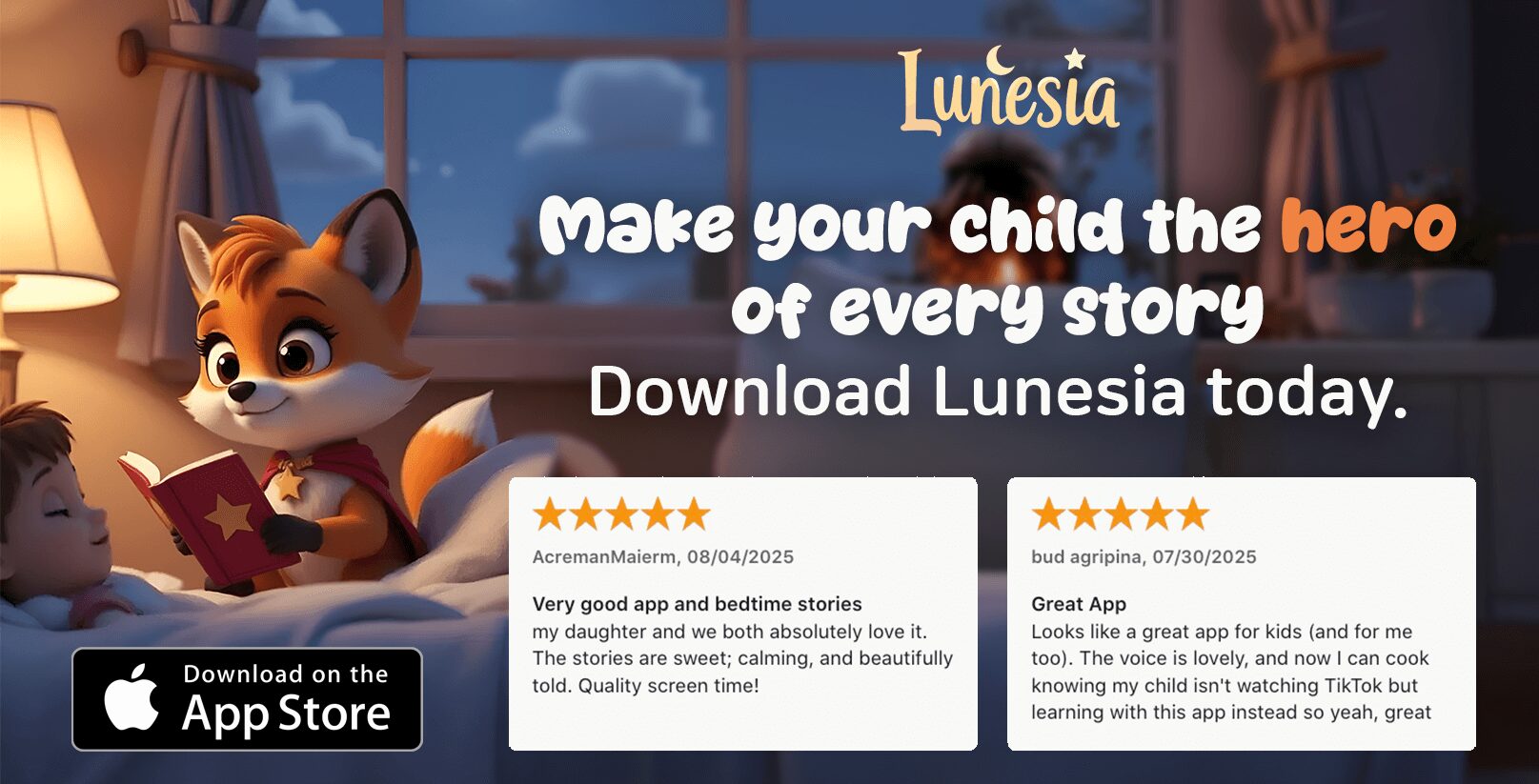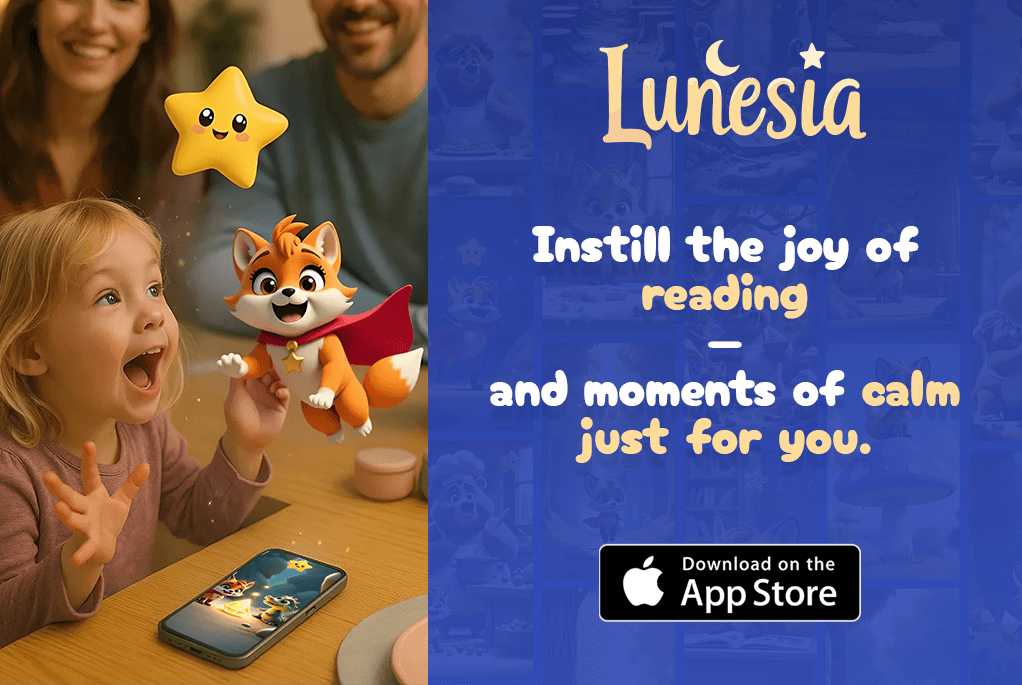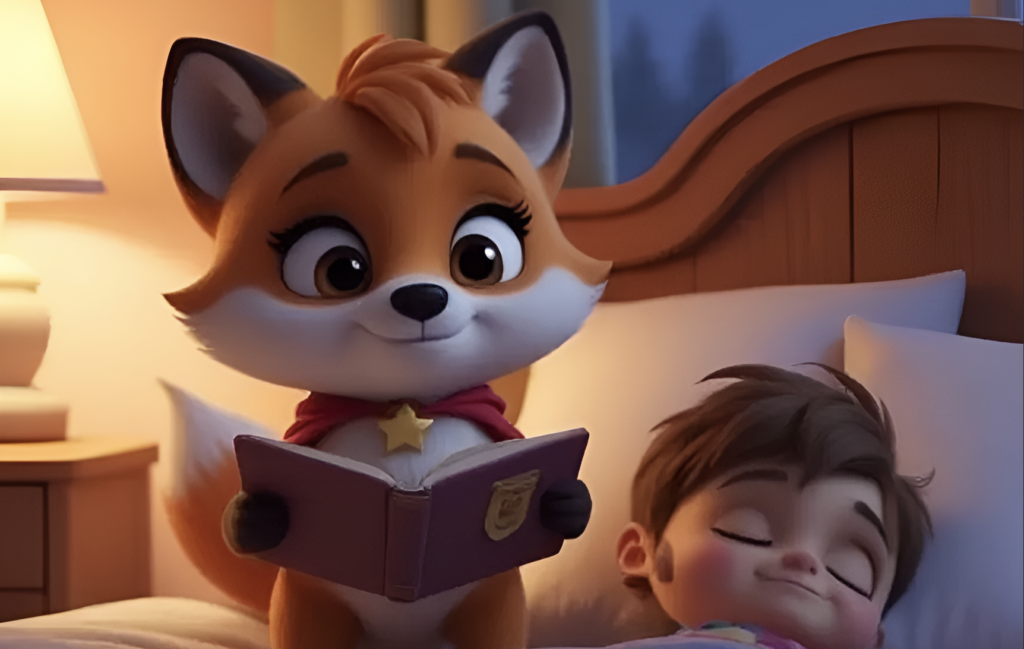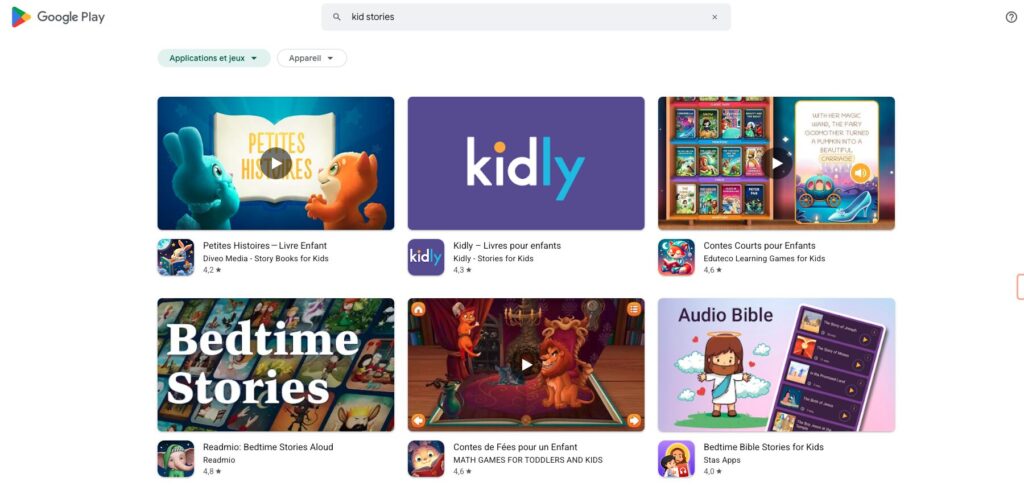I remember the first time I told my son a story about Jimmy the Mouse. His eyes lit up as he imagined the tiny mouse’s adventures. That moment made me realize how powerful storytelling can be for a kid’s imagination and emotional connection.
Sharing a story isn’t just about words on a page. It’s about creating a bond, sparking creativity, and turning a simple routine into something magical. When children actively participate, they feel like they’re part of the adventure.
This approach doesn’t just entertain—it builds lasting memories and strengthens family ties. Whether it’s a tale about bravery or a funny escapade, these moments become cherished traditions that kids carry with them as they grow.
Introduction to Interactive Bedtime Stories
Have you ever wondered why kids light up when they’re part of a tale? It’s because they’re not just hearing a story—they’re living it. This is the magic of interactive storytelling, where children become co-creators of the narrative.
Unlike traditional storytelling, where kids passively listen, interactive tales invite them to make choices, ask questions, or even act out scenes. This approach turns a simple bedtime routine into a shared adventure. Studies show that 85% of children prefer this method, as it sparks their creativity and keeps them engaged.
The tradition of interactive storytelling dates back centuries. From oral folktales to modern-day books, the goal has always been to connect.
“When children participate, they feel heard and valued,”
says a SleepyStories guide. This connection fosters communication and strengthens bonds.
Incorporating this into your routine doesn’t just entertain—it builds lasting memories. Whether it’s a tale about bravery or a funny escapade, these moments become cherished traditions. So, why not reflect on your own routine and consider adding a little interactivity? It’s a small change with big rewards.
What Makes a Bedtime Story Engaging for Kids
Kids thrive when they’re drawn into a world of adventure and wonder. A captivating bedtime story isn’t just about words—it’s about creating an experience that sparks their imagination and keeps them hooked. Let’s explore what makes a story truly engaging for young minds.
Vivid characters are the heart of any great tale. Think of Jimmy the Mouse, a tiny hero with big dreams. Kids love characters they can relate to or admire. Dynamic plot twists, like unexpected challenges or funny surprises, add excitement and keep them guessing.
Relatable scenarios also play a key role. When a kid sees themselves in the story, they feel connected. Whether it’s overcoming a fear or solving a problem, these moments resonate deeply. Participation is another game-changer. Letting children make choices or act out scenes turns them into co-creators of the narrative.
Balancing excitement with a calming tone is essential. While thrilling adventures are fun, the goal is to wind down. Techniques like suspense, humor, and surprise can transform a simple story into a memorable experience. Age-appropriate content ensures the story is both captivating and suitable for their developmental stage.
| Element | Why It Works |
|---|---|
| Vivid Characters | Kids connect with relatable or admirable figures. |
| Dynamic Plots | Twists and surprises keep them engaged. |
| Relatable Scenarios | They see themselves in the story, fostering connection. |
| Participation | Children become co-creators, enhancing involvement. |
| Balanced Tone | Excitement paired with calm ensures a positive experience. |
From classic tales to modern adventures, the magic lies in the details. By incorporating these elements, you can turn a simple story into a cherished tradition that your child will look forward to every night.
How Interactive Bedtime Stories Work
Picture this: your child’s eyes widen as they take the reins of a tale. This is the essence of co-storytelling, where both parent and child shape the narrative together. It’s not just about reading—it’s about creating a shared adventure.
The Co-Storytelling Dynamic
One effective technique is the “PASS” method. When you say “PASS,” you hand over creative control to your child. This taps into their natural curiosity and lets them explore their imagination. For example, in the Jimmy the Mouse tale, your child might decide how Jimmy overcomes a challenge.
Taking turns in the story keeps kids engaged. They feel heard and valued, which strengthens their confidence. As a parent, your role is to guide the flow while letting their ideas shine. This collaboration fosters a unique bond and makes the experience memorable.
Essential Tips for Parents
Here are some practical ways to keep the momentum alive:
- Encourage Participation: Ask open-ended questions like, “What do you think happens next?”
- Use Props: Simple items like stuffed animals or drawings can make the story come alive.
- Keep It Simple: Short, relatable scenarios work best for younger kids.
- Experiment: Try different characters or settings to keep things fresh.
“When children lead the story, they’re not just listening—they’re learning,”
says a parenting expert. This approach not only entertains but also builds creativity and problem-solving skills.
By making storytelling a collaborative experience, you create cherished moments that your child will treasure. So, why not give it a try tonight? You might be surprised by the magic you both create.
Interactive Bedtime Stories: Captivating Benefits for Kids
There’s something magical about watching a child’s imagination come alive during a shared moment. When you dive into a story together, you’re not just entertaining—you’re building a foundation for lifelong learning and growth.
For a kid, these moments are more than fun—they’re transformative. Interactive storytelling helps children develop creativity, empathy, and problem-solving skills. It’s a powerful way to connect emotionally while fostering a love for reading.
Here are some key benefits of this approach:
- Boosts Creativity: Kids learn to think outside the box as they imagine new scenarios and characters.
- Enhances Language Skills: Exposure to diverse vocabulary and sentence structures improves communication.
- Strengthens Bonds: Sharing a bedtime story fosters trust and emotional connection between parent and child.
- Builds Confidence: When children take part in the narrative, they feel empowered and valued.
These benefits go beyond childhood. They lay the groundwork for critical thinking, emotional intelligence, and a lifelong love of learning. So, why not make storytelling a cherished part of your routine? The rewards are endless.
Building Lasting Family Bonds Through Storytelling
Every night, my family gathers for a special moment that brings us closer. It’s not just about reading—it’s about creating a tradition that strengthens our connection. Storytelling has become a cherished ritual, weaving love and laughter into our daily lives.
Research shows that families who share stories regularly report stronger emotional bonds. These moments foster trust, communication, and a sense of belonging. Whether it’s a funny anecdote or a heartfelt tale, storytelling builds a shared family identity.
Creating Traditions and Shared Moments
Establishing a storytelling routine can transform your family dynamic. Here’s how:
- Set a Regular Time: Whether it’s before bed or during dinner, consistency makes it special.
- Involve Everyone: Let each family member contribute to the narrative, making it a collaborative experience.
- Use Props: Simple items like photos or toys can make the story come alive.
Studies reveal that 85% of parents believe storytelling strengthens family bonds. It’s not just about the tale—it’s about the connection it creates. These shared moments become treasured memories that last a lifetime.
“When families share stories, they’re building a legacy of love and understanding,”
Here’s a quick look at the benefits of family storytelling:
| Benefit | Why It Matters |
|---|---|
| Emotional Connection | Fosters trust and empathy among family members. |
| Shared Identity | Creates a sense of belonging and family history. |
| Creativity Boost | Encourages imagination and problem-solving skills. |
| Routine Stability | Provides a comforting and predictable family ritual. |
By making storytelling a part of your routine, you’re not just sharing a tale—you’re building a legacy. These moments of connection reinforce love, support, and a sense of home that your family will cherish forever.
Fostering Creativity and Imagination Through Stories
Watching a child’s eyes light up as they craft their own tale is a moment every parent cherishes. Storytelling isn’t just about reading—it’s about unlocking a world of creativity and imagination. When children take an active role in shaping the narrative, they learn to think outside the box and explore endless possibilities.
Encouraging Storytelling as a Learning Tool
Letting children partake in storytelling sparks creative thinking. When they decide what happens next or invent new characters, they’re not just listening—they’re creating. This process helps them develop narrative skills and boosts their confidence in expressing ideas.
Interactive techniques, like asking open-ended questions or using props, empower children to take ownership of the story. For example, a simple question like, “What would Jimmy the Mouse do next?” encourages them to think critically and creatively.
Benefits for Child Development
Storytelling offers numerous learning benefits. It enhances language skills, fosters empathy, and improves problem-solving abilities. When children contribute to a story, they learn to navigate challenges and find solutions in imaginative ways.
Studies show that children who engage in creative activities regularly exhibit higher problem-solving skills and emotional understanding. These skills are essential for their intellectual growth and future success.
- Boosts Creativity: Children learn to think creatively as they imagine new scenarios and characters.
- Enhances Problem-Solving: Crafting stories helps kids navigate challenges and find solutions.
- Builds Confidence: Taking part in the narrative empowers children and makes them feel valued.
“When children lead the story, they’re not just listening—they’re learning,”
These moments of creative expression are more than just fun—they’re valuable developmental tools. By encouraging storytelling, parents can nurture their child’s imagination and set the stage for lifelong learning.
Choosing the Right Bedtime Story for Your Child
Finding the perfect tale for your child can feel like discovering a hidden treasure. The right story not only entertains but also nurtures their emotional and intellectual growth. But with so many options, how do you choose the best fit?
Start by considering your child’s interests and maturity level. A bedtime story that aligns with their passions—whether it’s animals, adventures, or fairy tales—will keep them engaged. Matching the content to their developmental stage ensures it’s both relatable and enriching.
- Assess Content Suitability: Look for themes that resonate with your child’s experiences and emotions. Avoid overly complex plots for younger kids.
- Blend Classic and Modern: Combine timeless tales with contemporary twists to keep the tradition fresh and exciting.
- Experiment with Genres: From fantasy to mystery, exploring different styles helps you discover what your child loves most.
- Involve Your Child: Let them pick the story sometimes. This fosters independence and makes the experience more meaningful.
Studies show that 85% of parents believe reading strengthens family bonds. By choosing the right story, you’re not just sharing a tale—you’re creating a cherished moment. Consistency is key, but don’t be afraid to mix things up to keep the routine exciting.
“When children connect with a story, they’re learning and growing in ways that go beyond the pages,”
By thoughtfully selecting stories, you’re setting the stage for a lifetime of love for reading. So, take your time, explore, and enjoy the journey of finding the perfect fit for your child.
Enhancing Routine: Making Bedtime Stories Interactive
One evening, as I sat with my daughter, I realized how small changes can transform a routine into something extraordinary. Adding interactivity to our nightly story time not only kept her engaged but also created a sense of calm and connection. Here’s how you can do the same.
A structured routine helps children feel secure and ready to wind down. When you incorporate interactive elements, it becomes more than just a bedtime ritual—it’s a shared adventure. For example, letting your child choose the story or decide what happens next gives them a sense of control and excitement.
Here are some actionable strategies to make your routine more engaging:
- Ask Questions: Encourage your child to predict what happens next or describe how a character feels. This keeps them involved and thinking creatively.
- Use Props: Simple items like stuffed animals or hand puppets can bring the story to life. My daughter loves when we use her teddy bear as a character.
- Modulate Your Voice: Changing your tone for different characters adds drama and keeps their attention. A whisper for a shy mouse or a booming voice for a giant can make all the difference.
- Act It Out: Let your child act out scenes or mimic characters. This physical involvement makes the experience more memorable.
Studies show that 75% of children prefer stories where they can influence the outcome. This not only boosts their confidence but also enhances their problem-solving skills. By making the routine interactive, you’re creating a space for learning and bonding.
Here’s a quick guide to help you get started:
| Strategy | Why It Works |
|---|---|
| Ask Questions | Encourages critical thinking and keeps children engaged. |
| Use Props | Makes the story tangible and visually appealing. |
| Modulate Your Voice | Adds excitement and helps children focus. |
| Act It Out | Promotes physical activity and creativity. |
Remember, the goal is to create a calming yet engaging experience. Tailor the routine to fit your family’s style and watch as it becomes a cherished part of your day. As one parent shared,
“When we started adding interactive elements, bedtime became something we both looked forward to.”
By making these small changes, you’re not just enhancing a routine—you’re building lasting memories and fostering a love for storytelling. So, why not give it a try tonight? You might be surprised by the magic you create together.
Popular Themes in Bedtime Stories
As I flipped through the pages of an old storybook, I was reminded of the timeless magic these tales hold. From classic tales like Cinderella to modern adaptations, storytelling has evolved to captivate young minds in new and exciting ways. Let’s explore the themes that continue to enchant children and parents alike.

Classic Tales and Modern Twists
Traditional stories like Rapunzel and The Ugly Duckling have stood the test of time. Their universal themes of resilience, kindness, and self-discovery resonate across generations. These classic tales often feature iconic characters who inspire children to dream big and overcome challenges.
In contrast, modern storytelling introduces fresh perspectives and relatable scenarios. For example, contemporary versions of Cinderella might focus on independence and self-reliance, reflecting today’s values. This blend of old and new keeps the experience engaging for both parents and children.
Here’s a comparison of classic and modern themes:
| Classic Tales | Modern Twists |
|---|---|
| Timeless morals and lessons | Contemporary values and diversity |
| Iconic characters like Cinderella | Relatable protagonists in everyday settings |
| Simple, linear narratives | Complex plots with unexpected twists |
| Focus on fantasy and magic | Blend of fantasy with real-world issues |
Books like Goodnight Moon and The Very Hungry Caterpillar showcase how simplicity can be powerful. Their repetitive, rhythmic styles make them favorites for young readers. These stories, translated into multiple languages, highlight their global appeal.
Variety is key to keeping storytelling fresh. Whether it’s a magical adventure or a tale of everyday courage, the right theme can spark imagination and create lasting memories. As one parent shared,
“When we read together, it’s not just a story—it’s a moment of connection and discovery.”
By blending classic tales with modern twists, you can create a rich storytelling experience that grows with your child. So, why not explore both worlds and see where the magic takes you?
Age-Appropriate Story Suggestions
When my niece picked her first storybook, her excitement was contagious. It reminded me how important it is to choose tales that match a child’s age and interests. For toddlers and preschoolers, simplicity and engagement are key.
Stories for Toddlers and Preschoolers
Young children thrive on clear, gentle narratives. Stories like The Very Hungry Caterpillar and Goodnight Moon are perfect for this age group. Their repetitive, rhythmic styles make them easy to follow and soothing for little ones.
- Keep It Simple: Choose tales with straightforward plots and vibrant illustrations. For example, The Cat in the Hat is ideal for ages 2-6.
- Modify Complex Stories: Simplify longer tales by focusing on key events. For instance, shorten Jack and the Beanstalk to highlight the adventure.
- Blend Classic and Modern: Combine timeless tales like Goldilocks and the Three Bears with contemporary stories like How to Catch a Star.
- Encourage Participation: Ask questions like, “What do you think happens next?” to keep them engaged.
Interactive elements, such as using props or acting out scenes, can make the experience even more memorable. For example, a stuffed animal can bring The Three Little Pigs to life.
“When children connect with a story, they’re learning and growing in ways that go beyond the pages,”
By choosing age-appropriate tales and adapting them to your child’s interests, you’re creating a foundation for lifelong learning. So, explore different genres and see what sparks their curiosity. The right story can turn an ordinary evening into a cherished tradition.
The Role of Technology in Modern Storytelling
Technology has quietly transformed the way we share and experience tales with our children. From books to screens, storytelling has evolved in ways we couldn’t have imagined a decade ago. Today, tools like AI and digital platforms are making these moments more engaging and personalized than ever.
AI and Personalized Story Experiences
Artificial Intelligence is revolutionizing how stories are created and delivered. AI can analyze a child’s preferences and adapt narratives to suit their interests. For example, if your child loves animals, the story might feature a brave lion or a clever fox. This personalization keeps them engaged and excited.
Digital tools also track narrative preferences over time. They learn what themes, characters, and pacing your child enjoys most. This data helps create stories that grow with them, ensuring the content remains relevant and captivating.
Here are some benefits of using technology in storytelling:
- Personalization: Tailored stories that match your child’s interests and developmental stage.
- Engagement: Interactive elements like animations and sound effects make the experience more immersive.
- Accessibility: Digital platforms allow access to a wide range of stories anytime, anywhere.
Platforms like Storyline Online and Epic! are great examples of how technology enhances storytelling. They offer interactive features that bring tales to life while maintaining the warmth of traditional storytelling.
“Technology can enhance storytelling, but it should never replace the human connection,”
While embracing these tools, it’s important to keep the personal touch. Reading together, discussing the story, and sharing reactions are irreplaceable. Technology should complement, not replace, these cherished moments.
By blending modern tools with traditional warmth, you can create a storytelling experience that’s both innovative and meaningful. So, explore digital resources, but always keep the focus on connection and creativity.
Exploring Free and Accessible Story Resources Online
One day, while searching for a new tale to share, I stumbled upon a treasure trove of free online resources. These platforms offer a wealth of stories, from classic fairy tales to modern adventures, all at your fingertips. Whether you’re looking for a quick read or a detailed narrative, these digital libraries have something for every child.
Here are some reliable websites and apps where you can find free story collections:
- Storybird: With over 9 million writers worldwide, this platform offers unique, creative tales.
- StoryJumper: Lets children create their own books with interactive templates.
- StoryPlace: Features animated stories, videos, and games for young learners.
- Oxford Owl: Provides a library of free e-books, worksheets, and activities.
- Storyberries: Offers free collections of stories, comic books, and poems with discussion questions.
- Starfall: A free curriculum for teachers and homeschooling parents, including interactive books.
- GetEpic: Tools for creating student profiles and connecting with Google Classroom.
Exploring these digital libraries has many advantages. They provide access to diverse stories, catering to different interests and age groups. Many platforms also include interactive features, making the experience more engaging for children.
When evaluating the quality of online stories, consider the following:
| Criteria | Why It Matters |
|---|---|
| Content Suitability | Ensures the story aligns with your child’s age and interests. |
| Interactive Features | Keeps children engaged and enhances their learning experience. |
| Ease of Access | Allows you to quickly find and share stories anytime, anywhere. |
| Variety | Offers a wide range of themes and genres to explore. |
These free online resources can supplement your existing storytelling repertoire. They provide fresh ideas and inspiration, making each session unique. Encourage your family to try different sites to find the perfect match for your needs.
With just a few clicks, you can unlock a world of creativity and imagination. As one parent shared,
“Discovering these platforms has made storytelling a daily highlight for our family.”
By exploring these resources, you’re not just sharing a story—you’re creating a tradition that your child will cherish for years to come.
Incorporating Classic Characters into Interactive Bedtime Stories
One quiet evening, as I introduced my daughter to Cinderella, I realized how classic characters still captivate young minds. Their timeless appeal lies in their ability to connect with children across generations. These familiar figures offer a sense of comfort and security, making them perfect for modern reinterpretations.
Adapting classic tales for today’s children doesn’t mean losing their essence. Instead, it’s about blending tradition with innovation. For example, Rapunzel’s story can be updated to include her solving puzzles to escape the tower. This approach keeps the narrative fresh while retaining its core values.
Here are some creative ways to incorporate classic characters into your storytelling sessions:
- Add New Twists: Introduce unexpected challenges or modern settings. Imagine The Ugly Duckling navigating a bustling city instead of a quiet pond.
- Encourage Participation: Let your child decide how the story unfolds. Ask, “What would Cinderella do if she had a smartphone?”
- Use Props: Simple items like a crown or a magic wand can bring characters to life and make the experience more engaging.
Studies show that 40% of households with young children prefer classic tales. These stories not only entertain but also stimulate imagination and emotional growth. By using familiar figures, you create a bridge between the past and the present, making storytelling a cherished tradition.
Here’s a quick look at the benefits of using classic characters:
| Benefit | Why It Matters |
|---|---|
| Emotional Comfort | Beloved characters provide a sense of security and familiarity. |
| Stimulates Imagination | Classic tales inspire creativity and problem-solving skills. |
| Cultural Connection | These stories introduce children to shared cultural heritage. |
| Versatility | They can be adapted to suit modern themes and settings. |
By blending classic characters with new ideas, you create a storytelling experience that’s both comforting and exciting. As one parent shared,
“When we revisit these tales, it’s like sharing a piece of my childhood with my child.”
These moments of connection and creativity are what make storytelling so special. So, why not explore the magic of classic characters and see where the adventure takes you?
Developing Your Own Unique Storytelling Traditions
Creating a family storytelling tradition can be a journey filled with creativity and connection. It’s about more than just sharing tales—it’s about building a legacy that strengthens bonds and sparks imagination. Here’s how you can craft your own unique narrative rituals.
Step-by-Step Guide for Creating Stories
Start by choosing a theme that resonates with your family. Whether it’s a magical adventure or a tale of everyday courage, the story should reflect your shared values and interests. Involve everyone in the process to make it truly collaborative.
- Set a Theme: Decide on a central idea that excites your family. It could be a journey, a mystery, or a lesson in kindness.
- Assign Roles: Let each family member contribute by creating characters or deciding plot twists.
- Use Props: Simple items like costumes or drawings can bring the story to life.
- Encourage Participation: Ask questions like, “What happens next?” to keep everyone engaged.
Personalization is key to making the experience meaningful. Tailor the story to include elements that reflect your family’s unique dynamics. This creative freedom allows everyone to feel invested in the narrative.
Building a Consistent Routine
Consistency turns storytelling into a cherished tradition. Set a regular time, whether it’s before bed or during dinner, to share your tales. This routine provides a sense of stability and anticipation for your family.
Here’s how to maintain momentum:
| Strategy | Why It Works |
|---|---|
| Set a Schedule | Creates a predictable and comforting routine. |
| Rotate Roles | Keeps everyone involved and excited. |
| Celebrate Milestones | Mark the completion of a story with a small celebration. |
Overcoming Challenges
Every tradition has its hurdles. If your family struggles to stay engaged, try mixing things up. Introduce new themes, use different props, or experiment with storytelling styles. The goal is to keep the experience fresh and enjoyable.
“When families create stories together, they’re building a legacy of love and understanding,”
Long-Term Benefits
Developing a storytelling tradition offers lasting rewards. It fosters creativity, strengthens family bonds, and creates cherished memories. These moments of connection become a foundation for lifelong learning and emotional growth.
By crafting your own unique narratives, you’re not just sharing stories—you’re building a tradition that your family will treasure for years to come.
Breaking Down Misconceptions About Bedtime Stories
Many parents believe that traditional methods are the only way to share tales, but that’s not always true. Over the years, I’ve encountered several myths that can limit the potential of storytelling for children. Let’s debunk these misconceptions and explore how a fresh approach can make a world of difference.
One common myth is that only certain types of tales can captivate a child’s attention. While classics like Cinderella and The Ugly Duckling are timeless, modern adaptations can be just as engaging. Studies show that 86% of parents find that mixing old and new stories keeps their kids excited and involved.

Another misconception is that storytelling must follow a rigid structure. In reality, flexibility is key. Letting children make choices or act out scenes turns them into co-creators of the narrative. This approach not only boosts their engagement but also enhances their problem-solving skills.
Some parents worry that incorporating technology dilutes the experience. However, tools like AI and digital platforms can personalize stories to match a child’s interests. For example, if your child loves animals, the tale might feature a brave lion or a clever fox. This personalization keeps them hooked while maintaining the warmth of traditional storytelling.
Outdated beliefs can hinder a child’s engagement. For instance, the idea that stories must be long to be meaningful is simply not true. Experts recommend keeping sessions short—around 10-15 minutes—to maintain focus and encourage repetition, which helps with memory and comprehension.
By blending tradition with innovation, you can create a storytelling experience that’s both comforting and exciting. As one expert shared,
“When families embrace new methods, they’re not just sharing tales—they’re building a legacy of creativity and connection.”
So, why not question these myths and try something new? The benefits of a fresh approach are backed by research and expert insights. Whether it’s a classic tale or a modern adventure, the magic lies in the connection you create with your child.
Conclusion
Sharing a tale with your child is more than just a routine—it’s a gateway to creativity and connection. Throughout this guide, we’ve explored how storytelling can spark imagination, build emotional bonds, and create lasting memories. From choosing the right tale to adding personal touches, these moments become cherished traditions.
Remember, the key is to keep it engaging. Ask questions, use props, and let your child take the lead. These small changes can transform a simple activity into a magical experience. Studies show that families who share stories regularly report stronger emotional bonds and improved language skills.
So, why not start tonight? Whether it’s a classic tale or a modern adventure, the magic lies in the connection you create. Share your experiences, experiment with new ideas, and watch as storytelling becomes a highlight of your day.
Let’s make every moment count. Together, we can turn storytelling into a journey of love, learning, and endless possibilities.
FAQ
Why do kids love interactive bedtime stories?
Kids love interactive bedtime stories because they feel involved in the narrative. This engagement sparks their imagination and makes the experience more personal and fun.
How can I make a bedtime story more engaging for my child?
Use expressive voices, ask questions, and encourage your child to predict what happens next. Adding props or acting out parts of the story can also make it more exciting.
What are the benefits of interactive bedtime stories for child development?
Interactive stories boost creativity, improve language skills, and enhance problem-solving abilities. They also help children develop empathy and emotional intelligence.
How do I choose the right bedtime story for my child’s age?
For toddlers, pick simple, repetitive tales. Preschoolers enjoy stories with clear morals and colorful illustrations. Older kids often prefer adventurous or imaginative narratives.
Can technology enhance bedtime storytelling?
Yes! Apps and audiobooks can add sound effects, animations, and personalized elements, making the experience more immersive and enjoyable for kids.
Are there free resources for finding bedtime stories online?
Absolutely! Websites like Storyline Online and Project Gutenberg offer a wide range of free stories, from classics to modern tales, perfect for any bedtime routine.
How can I create my own unique storytelling traditions?
Start by crafting stories tailored to your child’s interests. Use familiar settings or characters, and involve them in the storytelling process to make it a shared family activity.
What are some popular themes in bedtime stories?
Classic themes include adventure, friendship, and overcoming challenges. Modern twists often incorporate diverse characters, STEM concepts, or environmental messages.
How do interactive stories help build family bonds?
Sharing stories creates a special time for connection. It fosters trust, communication, and shared memories that strengthen family relationships.
What’s the best way to incorporate classic characters into bedtime stories?
Use well-known characters like Winnie the Pooh or Cinderella, but add new adventures or challenges to keep the stories fresh and exciting for your child.




